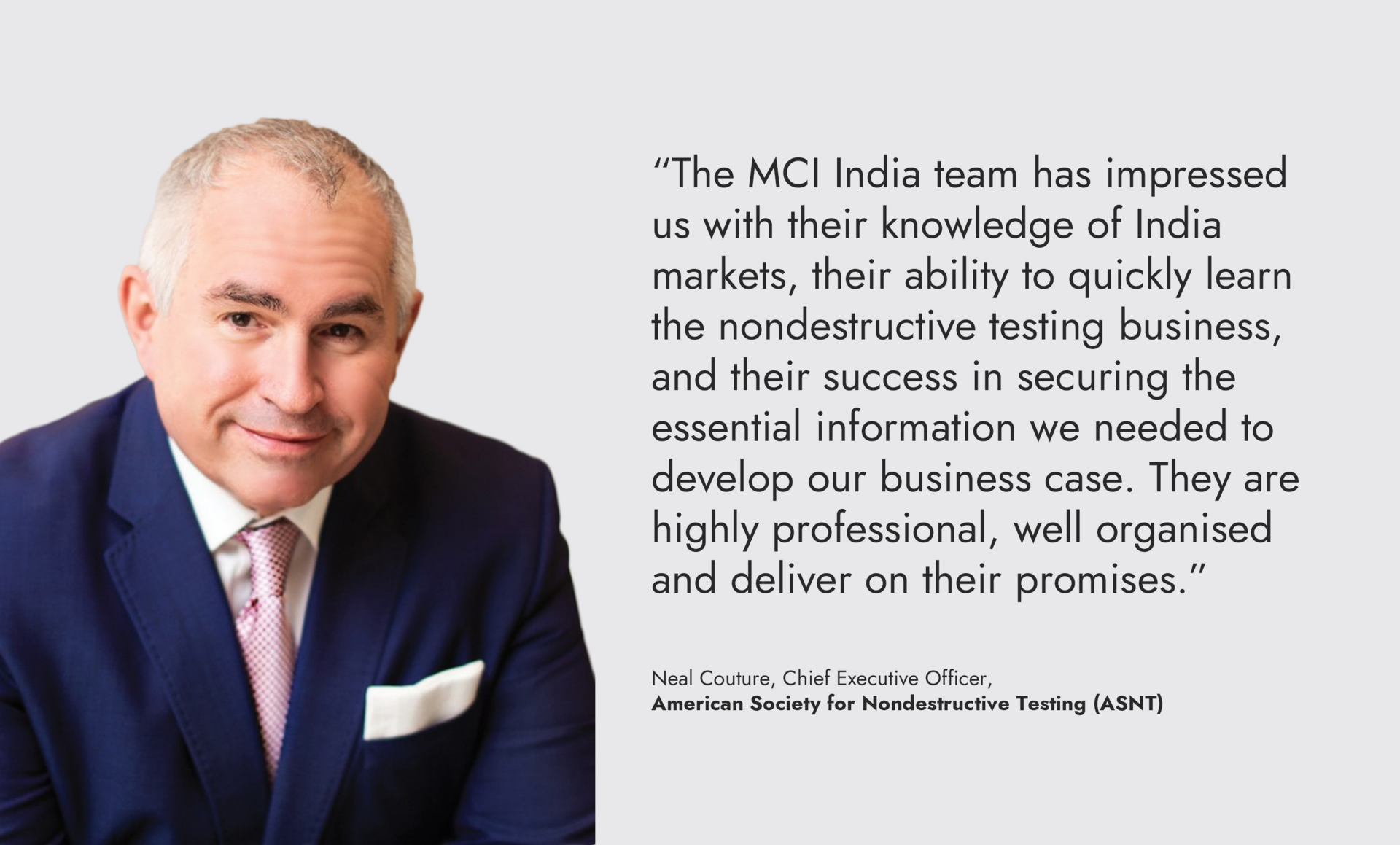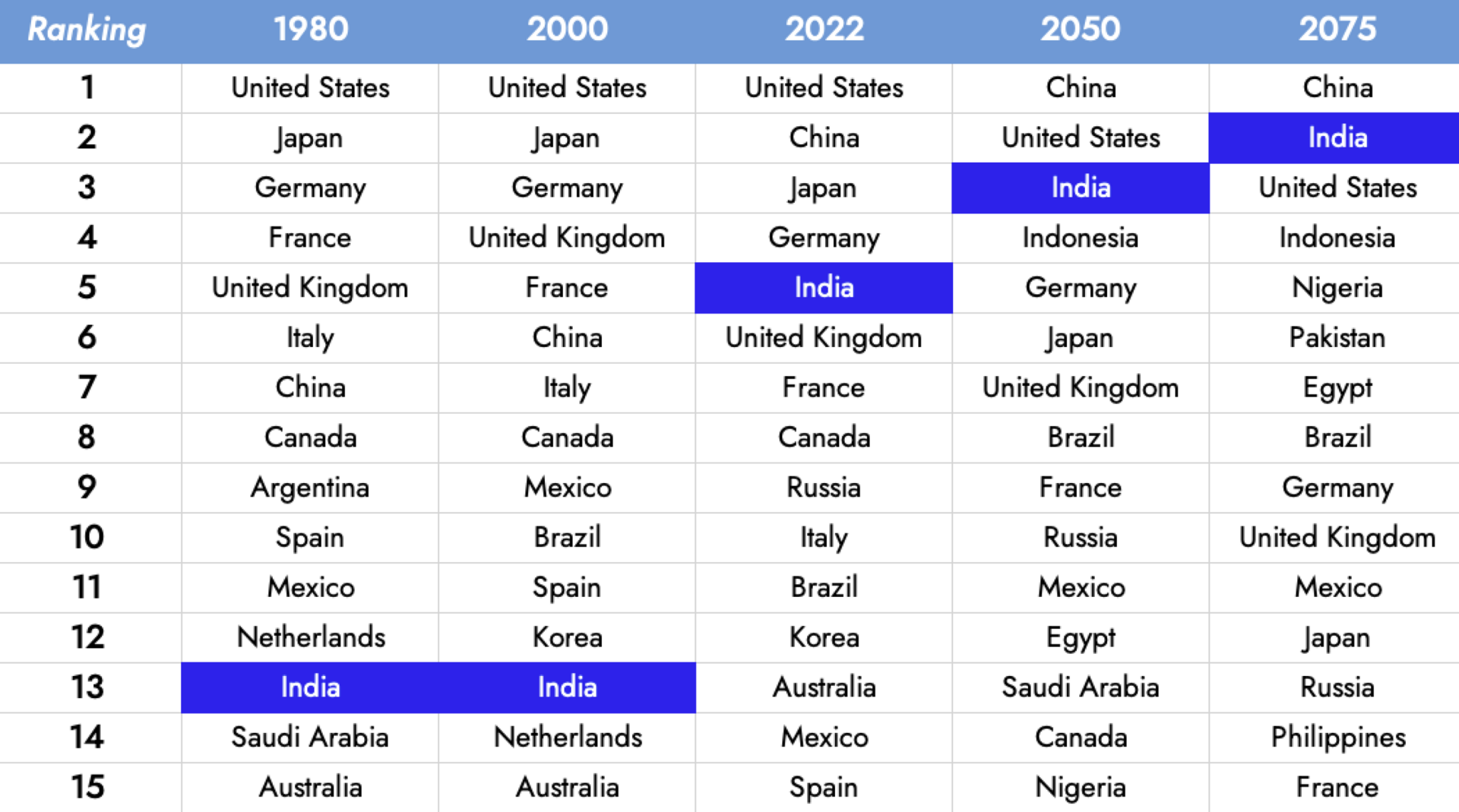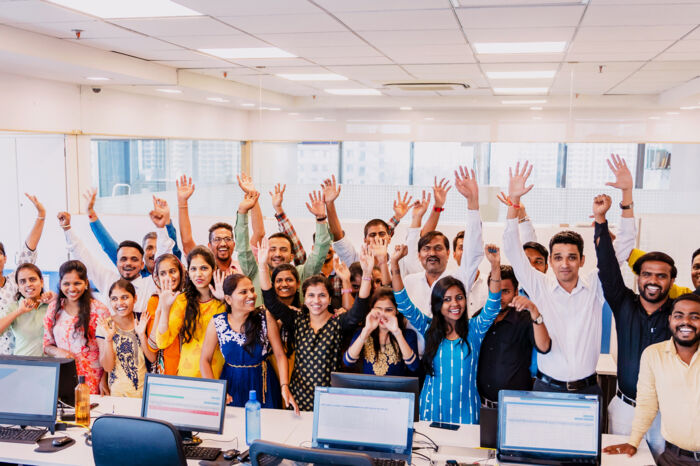
India in numbers
Five economic drivers will power India’s growth between now and 2030:
- A young and growing population: Over 1.3 billion people and the median age is just 28 years old.
- A growing middle class: This segment of population has more disposable income.
- A rising skilled workforce: The population is increasingly educated and skilled – there is a large focus on upskilling.
- A favourable business environment: The government has simplified the regulatory environment. India has risen 80 positions in the “ease of doing business” rankings.
- A growing digital economy: The Indian government is investing heavily in digital infrastructure. India is expected to reach around 1-billion Internet users by 2026.

Market-specific points of interest
- India is a price-sensitive and value-conscious market.
- Professionals are brand conscious but utility and functionality are mandatory.
- Indians want variety and choice at the same time as customisation.
- Indians have a fascination and aptitude for international upskilling and reskilling programmes and certification.
- Most Indian associations have a one-time, low lifetime membership fee.
- To drive growth and engagement, membership fees should be adapted using the World Bank Purchasing Power Parity (PPP).
MCI conducted a voice of customer (VoC) study to develop a go-to-market strategy for the American Society for Nondestructive Testing (ASNT). These are the key findings:
- Indianised pricing ensures local relevance.
- Payment should be in Indian rupees.
- Payment options to Unified Payments Interface and local currency increase accessibility for products and memberships.
- Indians highly value training and certification opportunities to improve their career.
- Focusing on junior engineers is a good strategy.
India’s purchasing power parity in 2021 was 23.2 local currency units per international dollar. Differential pricing for Indian members increased market penetration for several MCI India international association clients.

Success story
Vision to reality: Establishing ASNT’s first training centre in India
- Challenge: Finding an industry-aligned solution to the critical gaps in traditional nondestructive training (NDT) methodologies in a competitive landscape.
- Our solution: Establish the first ever NDT training centre outside of the US, in Chennai, India
- Strategy: The MCI team conducted a thorough need-gap analysis, engaging industry experts, educators, and professionals before formulating a comprehensive go-to-market (GTM) strategy that addressed not only training methodologies but also pricing strategies.
The ideal location for the training centre (Chennai) was established and the intricacies of due diligence and necessary paperwork were undertaken with real estate, legal and accounting experts. The MCI team then coordinated the interior design process to ensure a conducive learning environment for the ASNT India Training Centre.
Simultaneously, the ASNT and MCI teams worked closely on the development of the website, outlining memberships, certifications, and training programmes in a curriculum meticulously curated to align with the dynamic demands of the industry. Testing equipment was procured, and a state-of-the-art computer-based testing lab set up. - Outcome: The success of the project extended to the cultivation of a culture committed to continuous improvement. The virtual launch during an industry event in Pune was attended by more than 350 stakeholders. The physical inauguration in Chennai wasn't just about unveiling a physical space; it symbolised the realisation of a vision meticulously crafted through stakeholder collaboration, unwavering commitment, and meticulous planning. As the doors of the ASNT NDT training centre swung open in August 2023, it became more than an educational institution. It stands as a testament to foresight, adaptability and collaborative spirit.
US and India teams at the inauguration of the ASNT India Training Centre
Providing training and certification opportunities is a key growth driver for association growth in India. To discuss this and other opportunities in India, contact Samir Kalia, Managing Director, MCI India.
* Associations’ drivers of global growth series
Achieving clear and successful global growth for associations demands a strategic approach that encompasses several key attributes. MCI’s global strategy for associations is deliberate, proactive and informed by local insights, with a commitment to prioritising growth.
This is the second in our Drivers of Global Growth Series, which is based on the learnings shared in our Global Growth Workshop. Each article focuses on a different region.
Learn more about:
Growing engagement for associations in the Asia Pacific region
Building relationships and driving growth for associations in the Middle East
Expanding horizons: Leveraging education opportunities for revenue growth in Latin America




